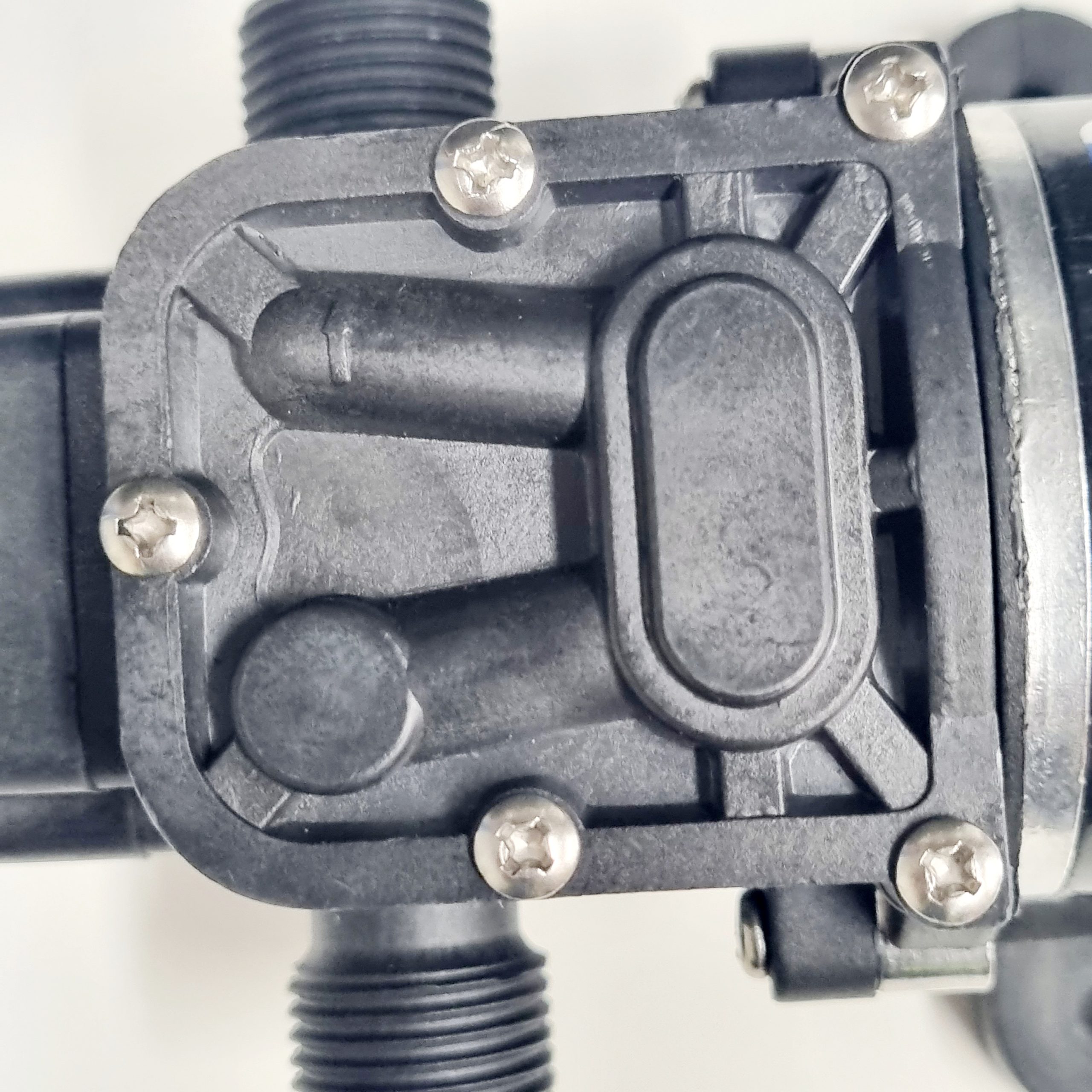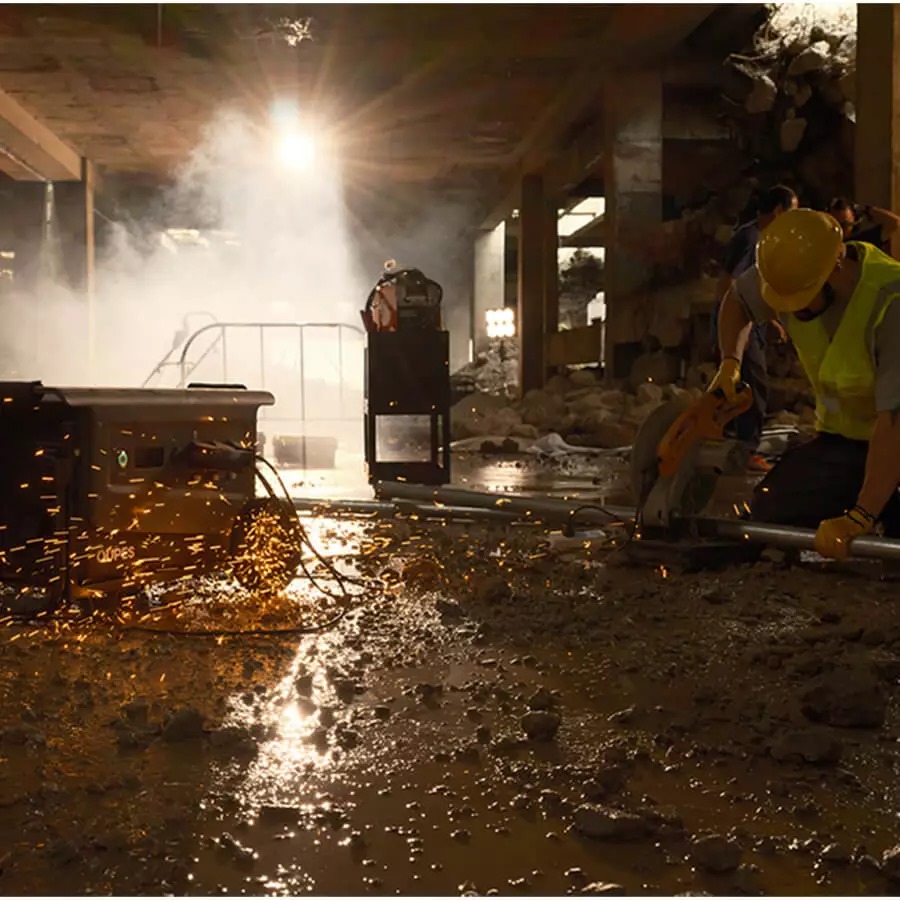
Attic mold is a common yet often overlooked problem that can compromise your home’s structural integrity and your family’s health. The attic’s dark, humid, and poorly ventilated environment creates a perfect breeding ground for mold, making early detection and effective removal critical. This guide for busy homeowners covers how to identify attic mold, the risks it poses, DIY mold removal approaches for minor cases, and why hiring professional mold remediators is often the best solution for thorough and safe and effective mold removal.
Identifying Mold in Your Attic
Mold in the attic often goes unnoticed until it becomes a significant issue, as attics are rarely visited spaces. A musty, earthy smell is one of the first signs of mold growth, often detectable when you enter the attic or even in upper rooms of the house. Visible mold, appearing as black, green, or white patches on wood beams, insulation, or drywall, is another clear indicator. Discoloration or water stains on the ceiling below the attic or on attic surfaces often point to moisture issues that fuel mold growth. Warped or rotting wood, especially on roof supports or floorboards, can also signal a mold problem. Poor ventilation, condensation on attic surfaces, or a history of roof leaks further increase the likelihood of mold. Recognizing these signs early allows you to address the issue before it spreads to other parts of your home.
Health and Structural Risks of Attic Mold
Having mold in your attic isn’t just a cosmetic issue; it poses serious risks to both your health and your home. Mold spores can circulate through your home’s ventilation system, affecting indoor air quality. Exposure to these spores may cause respiratory issues, such as coughing or wheezing, particularly for those with asthma or allergies. Prolonged exposure can lead to more severe symptoms, including chronic sinus infections, skin irritation, or fatigue. For vulnerable individuals, such as children or the elderly, mold exposure can exacerbate existing health conditions. Structurally, mold weakens wooden beams, insulation, and drywall, potentially compromising the attic’s integrity and leading to costly repairs. Left unchecked, mold can spread to lower levels of the home, increasing the scope and expense of remediation. Addressing attic mold promptly is essential to protect your household and property.
DIY Attic Mold Removal: When and How to Tackle It
For small, surface-level mold issues in the attic, a DIY approach may be feasible, but it requires caution and the right approach. Before starting, ensure the affected area is small—typically less than 10 square feet—and confined to non-porous surfaces like wood or metal. Begin by identifying and fixing the source of moisture, such as a roof leak or poor ventilation, as mold will return if the underlying issue persists. Wear protective gear, including gloves, a mask, and goggles, to avoid inhaling spores. Ventilate the attic by opening windows or using fans to reduce spore spread. Use a solution of water and mild detergent to scrub visible mold from surfaces, avoiding bleach, which is less effective on porous materials like wood. Dry the area thoroughly with fans or a dehumidifier to prevent regrowth. Dispose of any contaminated materials, such as moldy insulation, in sealed plastic bags to avoid spreading spores. However, DIY methods are only suitable for minor cases. If the mold covers a larger area, penetrates porous materials, or is accompanied by significant water damage, professional intervention is necessary.
Limitations of DIY Mold Removal
While DIY mold removal may seem cost-effective, it often fails to address the full scope of an attic mold problem. Attics are complex environments with hidden spaces where mold can thrive, such as behind insulation or within HVAC systems. Without specialized tools like moisture meters or infrared cameras, it’s difficult to assess the extent of mold growth. Disturbing mold during DIY efforts can release spores into the air, worsening contamination and health risks. Over-the-counter cleaning products rarely penetrate deeply enough to eliminate mold in porous materials, and improper handling can lead to regrowth. Most importantly, DIY methods may not address the root cause of moisture, such as inadequate ventilation or undetected leaks, allowing mold to return. For these reasons, attempting to tackle extensive mold infestations without professional help can lead to incomplete removal and ongoing issues.
Why Professional Mold Remediation Is the Best Solution
For significant or persistent attic mold, professional remediation is the most reliable and safe option. Certified mold remediation experts bring specialized knowledge and equipment to thoroughly eliminate mold and prevent its return. Professionals begin with a detailed inspection, using advanced tools to detect hidden mold and identify moisture sources. They employ containment measures, such as sealing off the attic and using negative air pressure, to prevent spores from spreading to other areas of the home. Industrial-grade equipment, like HEPA vacuums and air scrubbers, ensures thorough mold removal, even from hard-to-reach areas. After removing the mold, professionals address the underlying cause, whether it’s improving ventilation, repairing roof leaks, or installing dehumidifiers. They will also safely dispose of contaminated materials, following strict environmental guidelines. By choosing a professional mold remediation company, you will ensure a comprehensive solution that protects your home’s structure and your family’s health.
Preventing Future Mold Growth in Your Attic
Preventing mold in your attic starts with controlling moisture and improving ventilation. You should regularly inspect your roof for leaks, damaged shingles, or worn flashing, and address issues promptly. Then, make sure to ensure your attic is well-ventilated with properly functioning vents or fans to reduce humidity. Also, consider installing a dehumidifier in particularly humid climates. Insulate pipes to prevent condensation, and check insulation for signs of water damage. Schedule annual attic inspections to catch potential problems early. If you live in an area prone to heavy rain or humidity, consult a professional to assess your attic’s ventilation and moisture control systems.
Taking Action for an Attic Free from Mold
Attic mold is a very serious issue that requires very swift action in order to protect your home and overall health. While DIY mold removal methods may work for small, surface-level mold, larger infestations or hidden growth demand professional expertise. By recognizing the signs of mold, understanding its risks, and choosing the right approach for removal, you can restore a safe and healthy environment. For minor cases, take precautions and address moisture sources, but don’t hesitate to call in the professionals for extensive mold removal and remediation. With proactive maintenance and a timely intervention, you can keep your attic free from mold growth and your home in tip top condition for years to come. Just gotta make sure to stay on top of it and if water damage or a rook leak strikes, act fast and call in the mold pros.





